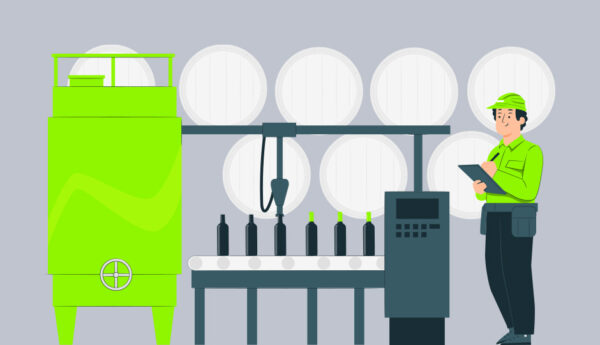
Capacity planning is an issue of supply and demand: one that can decide the fate of your project or business. Read on to learn about the resource capacity planning strategies and best practices you can use to allocate resources efficiently….
Watch

Capacity planning is an issue of supply and demand: one that can decide the fate of your project or business. Read on to learn about the resource capacity planning strategies and best practices you can use to allocate resources efficiently….
Watch

Many industries use Acumatica. It’s a tool that assists in daily business operations but focuses on finance. Manufacturers are likely using Acumatica but can find it frustrating as it doesn’t pull in the data related to its production. Acumatica and…
Read More
Projects require resources and labor is any project’s most valuable resource. Whether that’s manufacturing or construction, it’s labor that executes the plan and delivers the project which is why project labor tracking is key to success. Before we get into…
Read More
Manufacturers are always looking to optimize their operations, reduce costs and improve product quality. They make a schedule, but internal and external factors impact production. To meet deadlines and remove bottlenecks, they use production tracking. Projection tracking is more than…
Read More

An ongoing goal in business is consistency in terms of labor assignments. The ability to spread the workload even across labor leads to greater productivity but also boosts morale, which in turn increases productivity. In manufacturing operations management, this is…
Read More

As with any project, manufacturers are working with the triple constraint of time, cost and scope. One constraint that’s often overlooked is quality. Products have to be safe and meet customer requirements, including quality. Having a control plan helps production…
Read More

Businesses are always looking for ways to improve efficiency. Manufacturers are no different, except in the areas in which they seek to standardize and streamline their production processes. One method they use is shop floor manufacturing. For those new to…
Read More

Scheduling production, planning a budget and allocating resources only sets up manufacturing for success. Monitoring and controlling that process ensures that deadlines are met and costs aren’t exceeded. One way to keep track of the manufacturing process is with a…
Read More

Manufacturers have a handful of processes they use to make their products. There are five types of manufacturing processes: repetitive, discrete, job shop, continuous process and batch process manufacturing. Let’s take a closer look at the last one, batch production….
Read More

Manufacturers, as in all businesses, are constantly seeking efficiencies that reduce costs while maintaining the production of quality goods. This is, of course, easier said than done. However, manufacturers have methods, such as production efficiency, to help achieve these goals….
Read More

Everything you need for your manufacturing process is a resource—people, materials, equipment, software, facilities, etc. Whatever you’re making, you need to manage those resources to do it. That process is called manufacturing resource planning (MRP II), and it’s a method…
Read More

When you make something, you better ensure there’s nothing faulty about the product. If a customer buys your product and it doesn’t work, at best, you’ll lose a customer and at worst, you’ll be served with a lawsuit. Simply put,…
Read More

Manufacturing is based on delivering quality and quantity products to the market on schedule. Using manufacturing KPIs can help you determine strengths and weaknesses that can direct you toward improvements in all phases of your production cycle. Manufacturing KPIs are…
Read More
